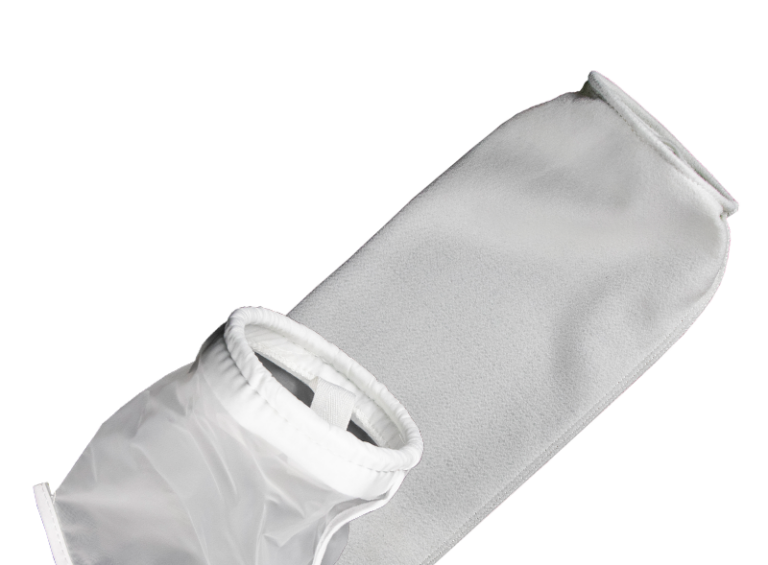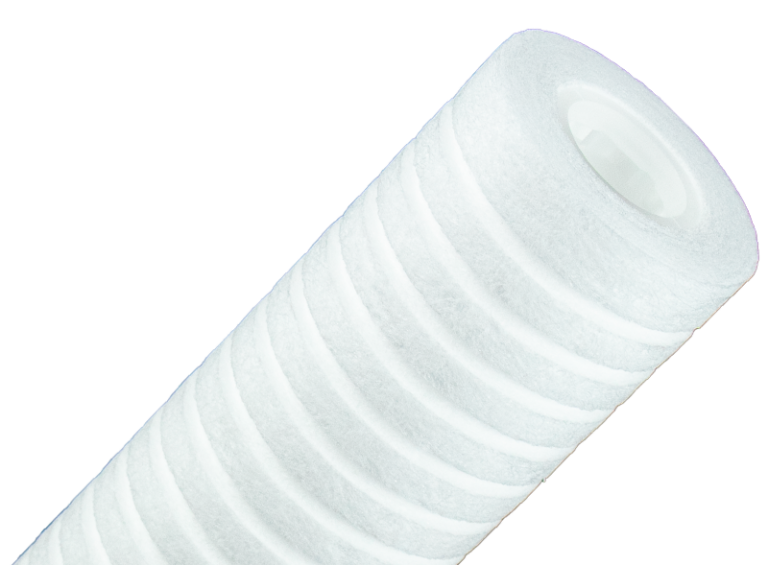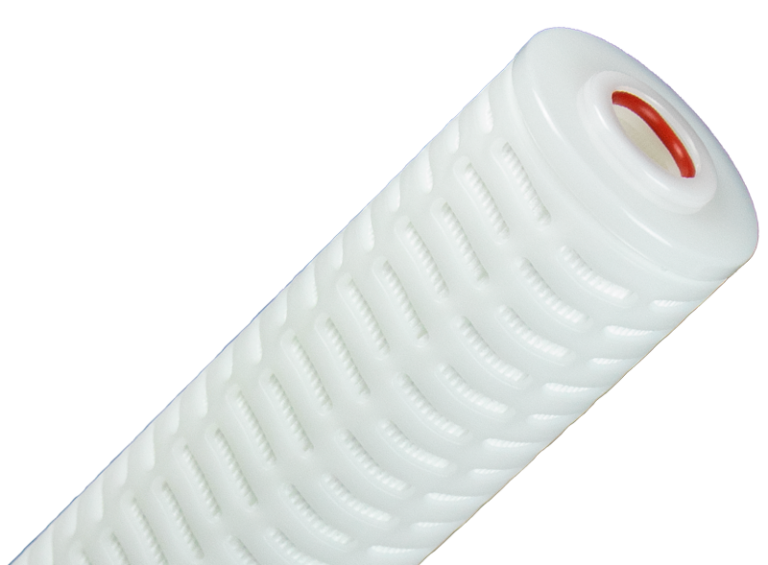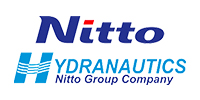Viscosity: a measure of a fluid’s resistance to flow or change shape, describing how easily a fluid (liquid or gas) can move. Simply put, viscosity is the thickness of a fluid.
In the Cosmetics and Toiletries industry, demands are high for an end product free from visual defects, irregular consistency and anything that can spoil the shelf life of a product.
Cosmetics formulations vary widely in viscosity, ranging from perfumes to thick, gel-like moisturisers. High viscosity fluids, in particular, can challenge the filtration process. Traditional filtration methods often struggle to handle thicker substances, leading to inefficiencies, increased downtime due to blockage, and potential compromise on final product quality.
Distinguishing between high viscosity and low viscosity solutions is a consideration our experts have over 4 decades of experience in.
High Viscosity Filtration
High viscosity substances such as shampoos, body lotions, face creams and toothpaste flow very slowly through process filtration. This process aims to eliminate any undesirable lumps and inconsistencies that could compromise the quality of the end product.
A solution with an expansive surface area and minimal depth to the media is essential to address this challenge effectively. This type of configuration ensures optimal flow rates with minimal pressure drop and the capacity to capture a high amount of contaminants. The diverse array of processed cosmetic liquids and contaminants demands a versatile solution available in various media with various micron ratings.
We recommend:
Nylon Bag Filter – for high dirt holding (50-100um)
Polypropylene Bag Filter – for finer filtration (1-200um)
Polyester Bag Filter – for high temperature applications (1-200um)
Low Viscosity Filtration
Low viscosity cosmetic liquids, including fragrances, cleansers, essential oils and mouthwashes, are typically filtered to eliminate any visible impurities and to enhance the products’ aesthetic appeal for consumers.
The filtration solutions for low viscosity products must effectively capture visible particles and contaminants in high counts while maintaining optimal flow rates relative to production and packaging line efficiency. Achieving the desired quality standards for cosmetic liquid filtration calls for the use of a diverse range of filtration media types, offering various efficiencies from 0.1 all the way to 150 micron.
A targeted approach to contaminant removal is employed for low viscosity liquids, including addressing natural ingredients that may re-form within the packaging stage. Typically, a staged filtration system optimises consumable costs, utilising nominal efficiency media for bulk contaminant removal before fine-tuning the micron rating with higher efficiency and/or absolute-rated media.
We recommend:
Depth Filter – capturing the widest range of particles (0.5-150um)
Polypropylene Pleated Surface Filter – high efficiency for fine classification filtration (0.1-100um)
Polyethersulfone Surface Filter – absolute rated for targeted removal (0.05-0.65um)
We understand that each cosmetic formulation is unique. We work closely with our customers to provide a tailored filtration solution that meets their specific viscosity requirements. Whether you’re dealing with high viscosity creams or low viscosity oils, Fileder is your trusted partner in filtration.
Contact one of our experts today to discuss your unique filtration needs and discover how our expertise can enhance the quality of your product!





















